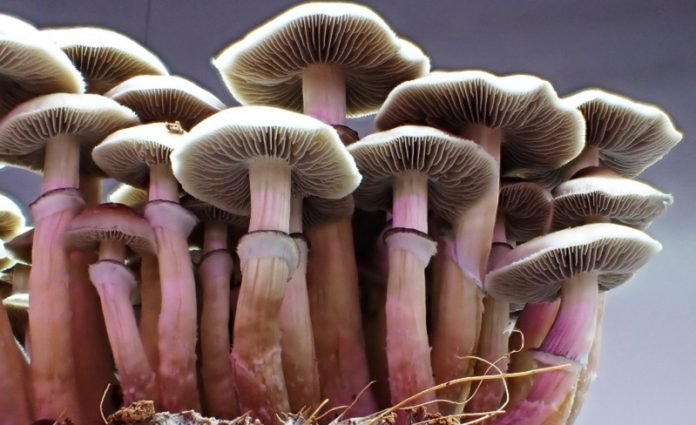
Recently, scientists have made a groundbreaking discovery in the world of ‘magic mushrooms,’ particularly the Psilocybe cubensis variety.
They have collected and studied the genetic information of over 100 different types of these mushrooms.
This significant research, published in Current Biology, opens up exciting possibilities for developing new and unique mushroom strains.
This study aimed to understand how the cultivation and domestication processes have altered magic mushrooms.
The researchers found that the commercial strains of Psilocybe cubensis lack genetic diversity. This is because these strains have been selectively bred for human use.
On the other hand, a group of naturally growing mushrooms in Australia displayed a rich genetic variety.
This diversity includes some unique genetic variants responsible for producing psilocybin, the active compound in these mushrooms.
Alistair McTaggart, a researcher from The University of Queensland, Australia, expressed his surprise at the uniformity of the genetic makeup in some commercially cultivated mushroom strains.
According to him, these strains have almost lost all genetic diversity, retaining it only in genes related to sexual reproduction.
This uniformity might result from intentional inbreeding to maintain certain traits over decades, or it might have happened accidentally due to the limited genetic variety available for breeding.
McTaggart also highlighted the role of an enthusiastic community of magic mushroom aficionados in this research. This group, which includes some co-authors of the study, has been crucial in gathering the mushroom samples for this study, often at their own expense and risk.
Thanks to their efforts, the team was able to sequence and assemble DNA data for more than 100 varieties of magic mushrooms.
The study compared 38 mushroom isolates from Australia with 86 commercially available strains. The aim was to determine whether these mushrooms were introduced in Australia and how domestication has changed the commercially available strains.
The findings confirmed that the Australian mushrooms had adapted well to their environment, maintaining a healthy genetic diversity since their introduction to the country. In contrast, the commercial strains lacked this diversity.
The researchers also discovered some unique gene variants in the Australian mushrooms that could lead to different ways of synthesizing psilocybin and related compounds.
This knowledge is crucial for the development of ‘designer shrooms’, where the genetic diversity of psilocybin production could result in a variety of psychedelic experiences.
McTaggart’s start-up, Funky Fungus, is already working on using these findings to create such designer mushroom strains.
Beyond their recreational use, these developments have significant implications for the medical use of psilocybin. Magic mushrooms are seen as a cost-effective source of psilocybin, which shows potential in treating mental health disorders.
The study also opens new avenues for understanding how magic mushrooms produce other compounds that might affect the psilocybin experience. This area of research is expected to be particularly exciting and fruitful soon.



